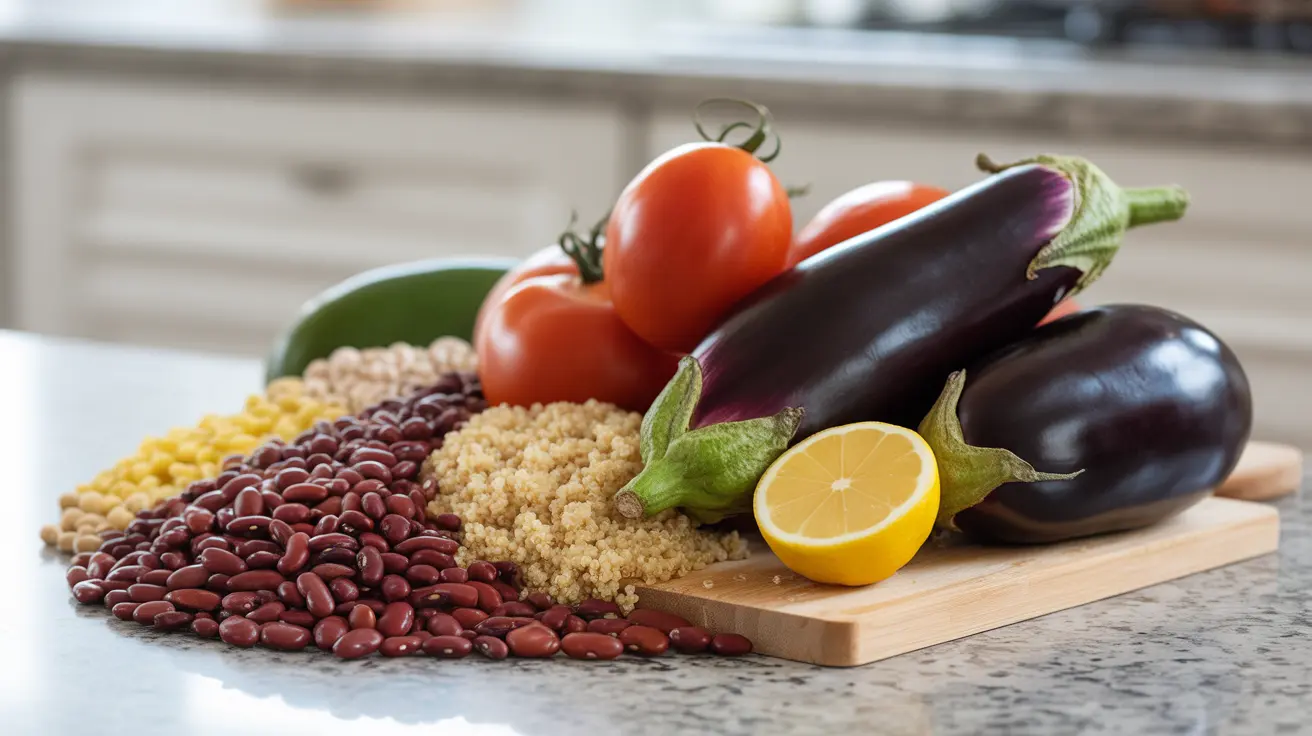Lectins are naturally occurring proteins found in many common foods that have garnered increasing attention in nutrition and dietary discussions. These complex molecules play various roles in both plants and human health, making them an important topic for anyone interested in optimizing their diet and digestive wellness.
Whether you've heard concerns about lectins or are simply curious about their effects on health, this comprehensive guide will help you understand what lectins are, where they're found, and how to make informed decisions about lectin-containing foods in your diet.
What Are Lectins and Where Are They Found?
Lectins are proteins that bind to carbohydrates and serve as a natural defense mechanism in plants. They are most concentrated in:
- Raw legumes (especially red kidney beans)
- Whole grains
- Nightshade vegetables (tomatoes, potatoes, eggplants)
- Seeds and nuts
- Squash family vegetables
While lectins are present in many plant foods, their concentrations vary significantly. Some of the highest lectin levels are found in raw or undercooked beans, particularly red kidney beans, which require proper preparation to be safe for consumption.
The Role of Lectins in Human Health
Lectins can have both beneficial and potentially challenging effects on human health. On the positive side, some lectins may:
- Support immune system function
- Act as antioxidants
- Help regulate cell growth
- Contribute to normal immune responses
However, consuming large amounts of raw or improperly prepared lectin-rich foods can lead to digestive discomfort and other symptoms in sensitive individuals.
Safe Preparation Methods for Lectin-Rich Foods
Proper food preparation can significantly reduce lectin content while preserving nutritional benefits. Key methods include:
Soaking and Cooking
For beans and legumes:
- Soak for 12-24 hours in cool water
- Discard soaking water
- Cook thoroughly until completely tender
- Use a pressure cooker for most effective lectin reduction
Fermentation and Sprouting
These traditional preparation methods can help break down lectins and improve digestibility:
- Ferment grains before cooking
- Sprout seeds and legumes
- Allow proper fermentation time for maximum benefit
Signs of Lectin Sensitivity
Some people may be more sensitive to lectins than others. Common symptoms of lectin sensitivity include:
- Digestive discomfort
- Bloating
- Gas
- Nausea
- Joint pain
If you suspect lectin sensitivity, consider keeping a food diary and consulting with a healthcare provider for proper evaluation.
Frequently Asked Questions
What are lectins and which common foods contain the highest amounts of them? Lectins are proteins that bind to carbohydrates and are found abundantly in legumes, whole grains, and nightshade vegetables. Red kidney beans, soybeans, wheat, and tomatoes are among the foods highest in lectins.
How can I safely prepare beans and vegetables to reduce lectin content and avoid digestive problems? Thoroughly soak beans for 12-24 hours, discard the soaking water, and cook completely. For vegetables, proper cooking methods like pressure cooking, boiling, or fermenting can significantly reduce lectin content.
What symptoms might indicate lectin sensitivity or intolerance, and how can it be managed? Common symptoms include digestive issues, bloating, gas, and joint pain. Management typically involves identifying trigger foods, proper food preparation, and possibly reducing intake of high-lectin foods while working with a healthcare provider.
Are lectin-containing foods harmful or beneficial for overall health and nutrition? Most lectin-containing foods offer important nutritional benefits when properly prepared. While raw lectins can cause discomfort, correctly prepared lectin-containing foods are generally safe and nutritious for most people.
What cooking or preparation methods are most effective for lowering lectins in legumes, grains, and nightshade vegetables? Pressure cooking is most effective for legumes and grains. Soaking, boiling, and fermenting are also helpful. For nightshade vegetables, cooking thoroughly is usually sufficient to reduce lectin content to safe levels.




